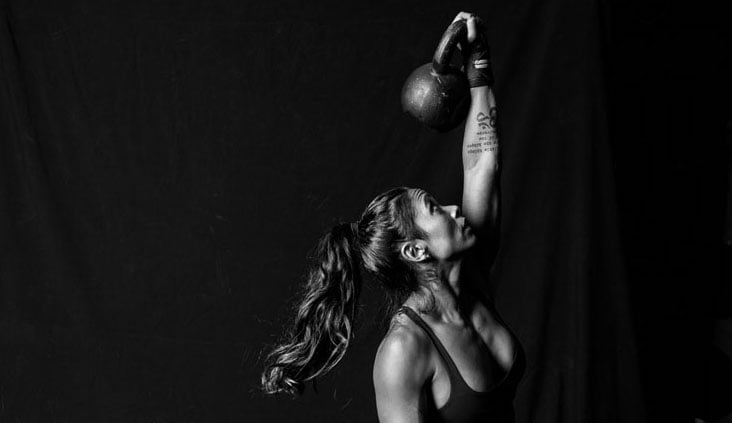Knowledge
Core Strategies For Spine Health And A Strong Lower Back
Articles, Rehab, mobility & injury prevention

Core Strategies For Spine Health And A Strong Lower Back
The ability of the spine to maintain stable behavior when exposed to various forms of perturbation makes it robust, and this robustness is critical to both allow movement and bear loads. Among other things, your training core strategies should:
- improve robustness
- associate AND dissociate specific movements
- engage AND prevent specific movements
Improving Robustness
Remember: Robustness is the ability to maintain stable behaviour when exposed to various forms of perturbation. The spine needs to behave in such a way that it can both allow movement and bear load. I want to take this opportunity to talk about bracing, hollowing and the infamous Transversus Abdominis (TrA). First of all, let’s clear a couple of things up right off the bat: Bracing and hollowing are different strategies and both are high-level (to keep it simple, think bracing for squatting and hollowing for toes-to-bar). The navel-to-spine cue or exercise that we use to activate the TrA, is NOT hollowing. Hollowing involves spine flexion, navel-to-spine does not. And no, you’re not using the same degree of navel-to-spine when you’re bracing as you would to activate or generate a mind-muscle connection with the TrA. Navel-to-spine is a low-level strategy.
If you want to improve robustness of the spine, you need to be proficient at both bracing and hollowing. Here are a few great exercises to do just that:
Bracing:
Video 1: Less difficult: Goblet squat + Push Away
Video 2: More difficult: Goodmornings
Hollowing:
Video 3: Less difficult: Lying Hollow body
Note that you can make this less difficult by doing it without the weight.
Video 4: More difficult: Hanging hollow body
Note that you can make this less difficult by doing it without the band resistance.
Associate and Dissociate Specific Movements
Often, we move the torso on fixed hips (think of the Goodmornings mentioned earlier) or we associate hip and torso movement (think squatting, deadlifting, etc.). We tend to neglect moving the hips or lower extremities on the fixed torso. This helps teach your lower back to be a stabilizer, especially if it tends to want to be the prime mover all the time. These strategies work great with my low back pain clients:
Video 5: Less difficult: Supine band stomps
Video 6: More difficult: Reverse hyper band stomps
Engage and Prevent Specific Movements
I’ll never stress the need for multiplanar movement enough. We need to move outside of the sagittal plane. That being said, even in the frontal and transverse planes, we need the ability to both allow movement, and prevent it. Again, we like to focus on torso movement (rotation, lateral flexion), but t RESISTING movement is equally important (think anti-rotation). Here’s a challenging exercise that a trainer at my gym used in a recent group session. It works wonders in both resisting rotation and lateral flexion, and anyone can do it:
Video 7: Single arm farmer hold
When should you do this? It all depends on your programming as well as your needs. Any of these could go into your skill work or on your recovery days. They could also be part of your warm-up or workout prep, depending on what you will be doing in your session. The goal is to have a strategy that covers all these angles. Have fun!
– MLD